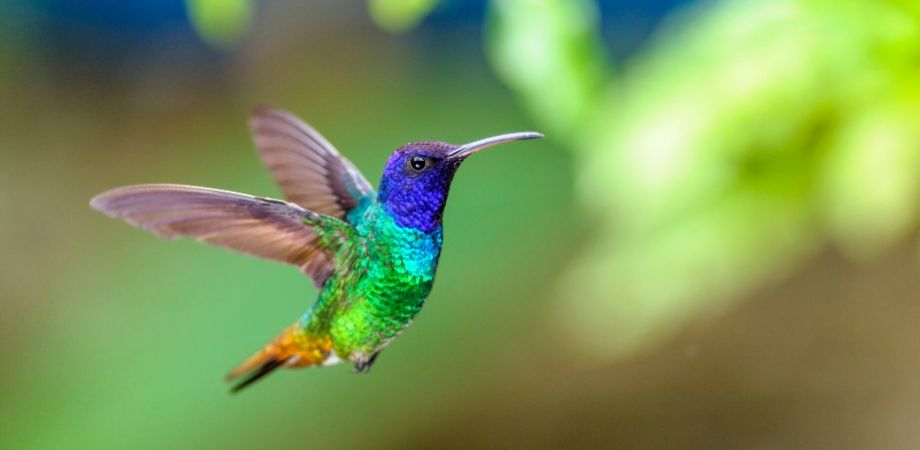NO is produced in the paranasal sinuses, a group of four air-filled spaces that surround the nasal cavity. According to a 1999 paper by Lundberg and Weitzberg, NO in the nasal airways could represent an important first line of defence against infection.[1] NO is known to be broadly antifungal, antiviral and antibacterial.[2]
Research conducted during a previous Coronavirus epidemic i.e., the SARSCoV (Severe Acute Respiratory Syndrome Coronavirus) epidemic showed that NO inhibited the replication of SARSCoV in a dose dependent manner, meaning that higher levels had a greater inhibitory effect on the replication of the virus.[3]
NO is also a vasodilator playing an important role in the dilation of blood vessels so that oxygen can be properly distributed throughout the body.[4]
NO is also recognised for its role in inhibiting the formation of blood clots.[5] Inhaled NO has been used as part of COVID critical care treatments in some US hospitals. Optimal NO levels may have important implications in minimising the risk of thrombotioc complications in COVID patients.[6,7]
Impaired breathing leads to poor air circulation and lower levels on beneficial NO in the nose and sinuses, thus creating an environment beneficial for bacterial growth and inflammation. Studies carried out at the Karolinska Institute in Sweden show that humming increases airflow in the sinuses. Further, the levels of NO increase 15 to 20-fold by humming compared with quiet exhalation.[2] By breathing through the nose, we harness the various properties of NO including its germicidal powers.[1]
According to The Humming Effect by Jonathan and Andi Goldman, humming also reduces stress, induces calmness, enhances sleep, lowers heart rate and blood pressure, produces neurochemicals such as oxytocin, increases lymphatic circulation and melatonin production, releases endorphins and creates new neural pathways in the brain. All of these help reduce stress and promote health and well-being.[8]



